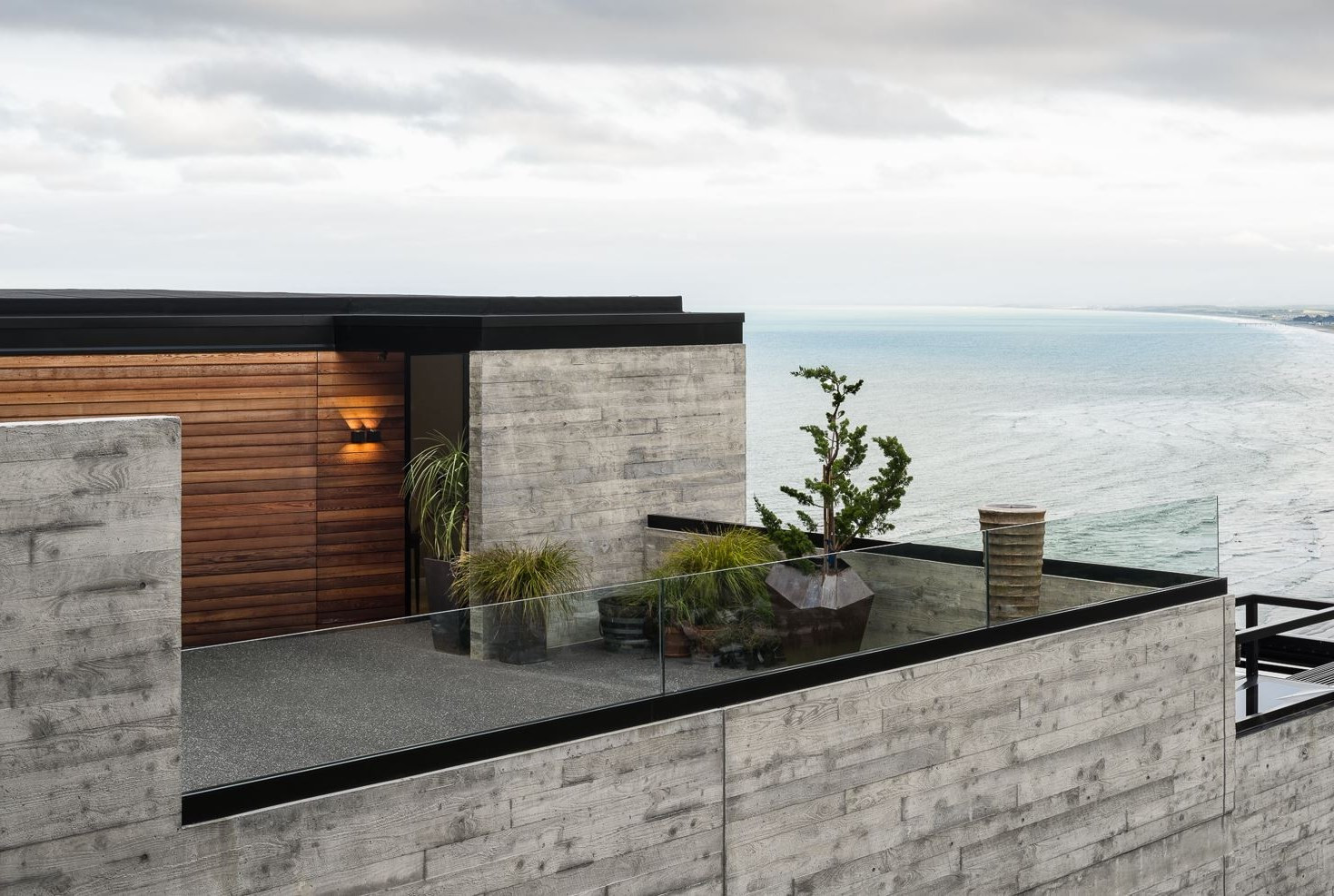
How to Ensure Safe and Compliant Glass Balustrades
Elevating building projects with glass balustrades
Glass balustrades have surged in popularity in New Zealand, especially in high value projects because they offer the advantages of clear views, excellent wind protection, and enhanced light penetration. Thanks to innovative digital print options and frit patterns that withstand even the harshest weather, these balustrades are now more versatile and vibrant than ever.
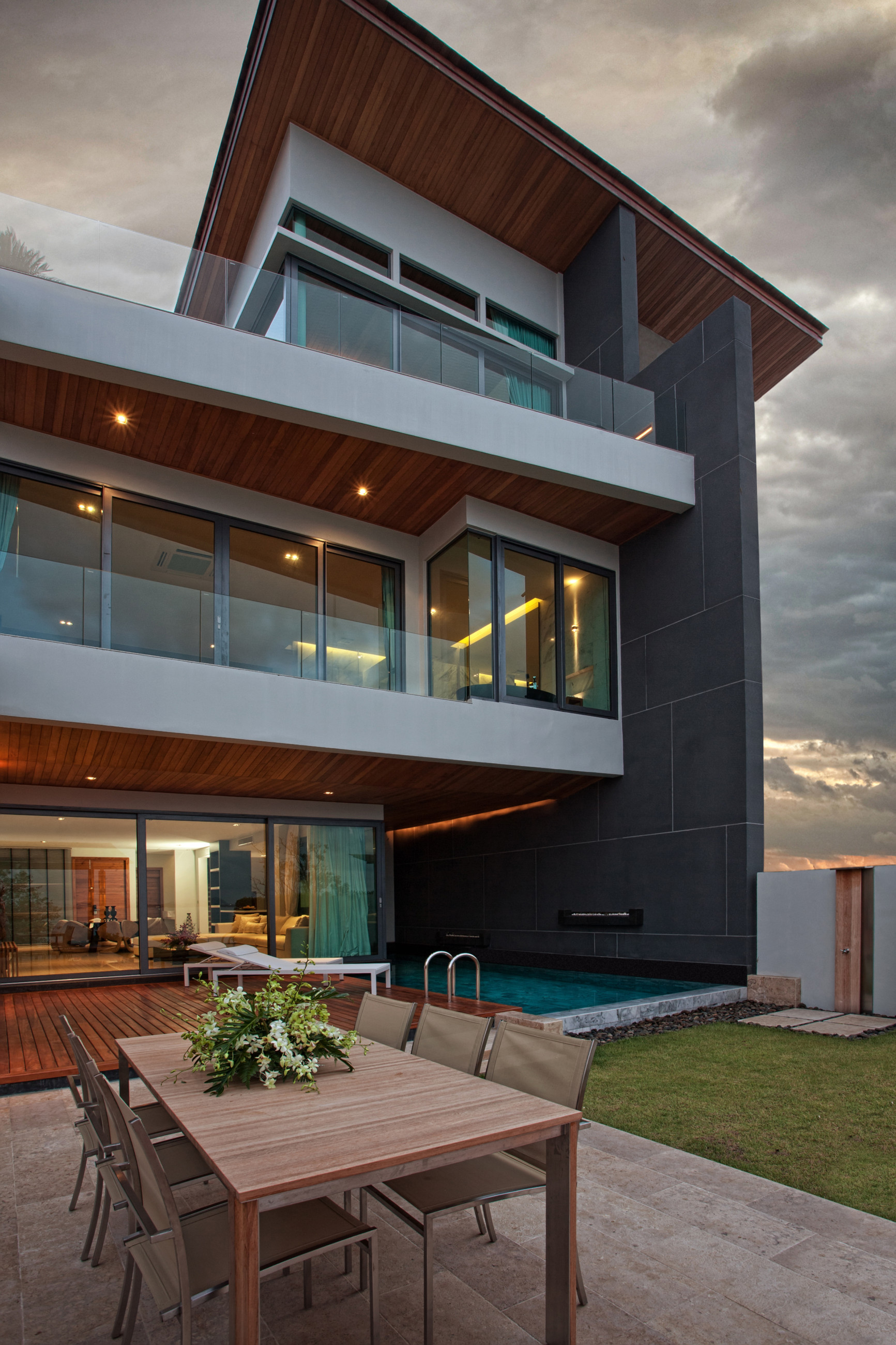
Safe and compliant installation
Glass balustrades can elevate building design, but for a safe and compliant installation it is crucial to consider both glass and hardware together. For a safe and compliant installation, it is crucial to consider both glass and hardware together. Metro offer a free online PS1 service for all standard balustrades. However, a common issue arises when support structures and substrates are not built in accordance with the issued PS1 compliance documentation, leading to unsafe systems and costly rectifications. It is best if you can ensure your builders review the PS1 early in the project to ensure substrates and fixings are understood and correctly implemented, facilitating a straightforward installation process.
Glass balustrades must either comply with NZBC Acceptable Solutions B1/AS1, B2/AS1, F2/AS1, F4/AS1 and Verification Method B1/VM1 or Alternative Solutions.
The NZS 4223 set of standards which is used for glass selection, is sponsored by MBIE and are available for free download:
Download NZS 4223 Standards here
As well as the free online PS1s for standard balustrade designs, Metro Glass provide an in-house process for specific designs and PS1s, with a nominal fee agreed upon during the plan assessment.
Different types of safety glass
To ensure safety, especially for barriers protecting from falling, consider these critical points:
Structural toughened safety glass barriers: Require an interlinking rail for falls of 1 metre or more.
Structural heat strengthened or toughened laminated safety glass barriers: Do not necessarily require an interlinking rail but must be tested to meet NZBC "post-failure" load support requirements (20kg, 1 min < 250mm deflection).
High traffic/public areas: Should Include edge protection on all toughened glass (including laminated toughened glass) to minimise edge impact and potential breakage.
How safety glass works
Toughened Safety Glass
Toughened safety glass is hard to break, but when it does it shatters into thousands of small pieces meaning injury from lacerations is reduced. However, this poses a risk for falls if the barrier was intended to protect a height of 1m or more.
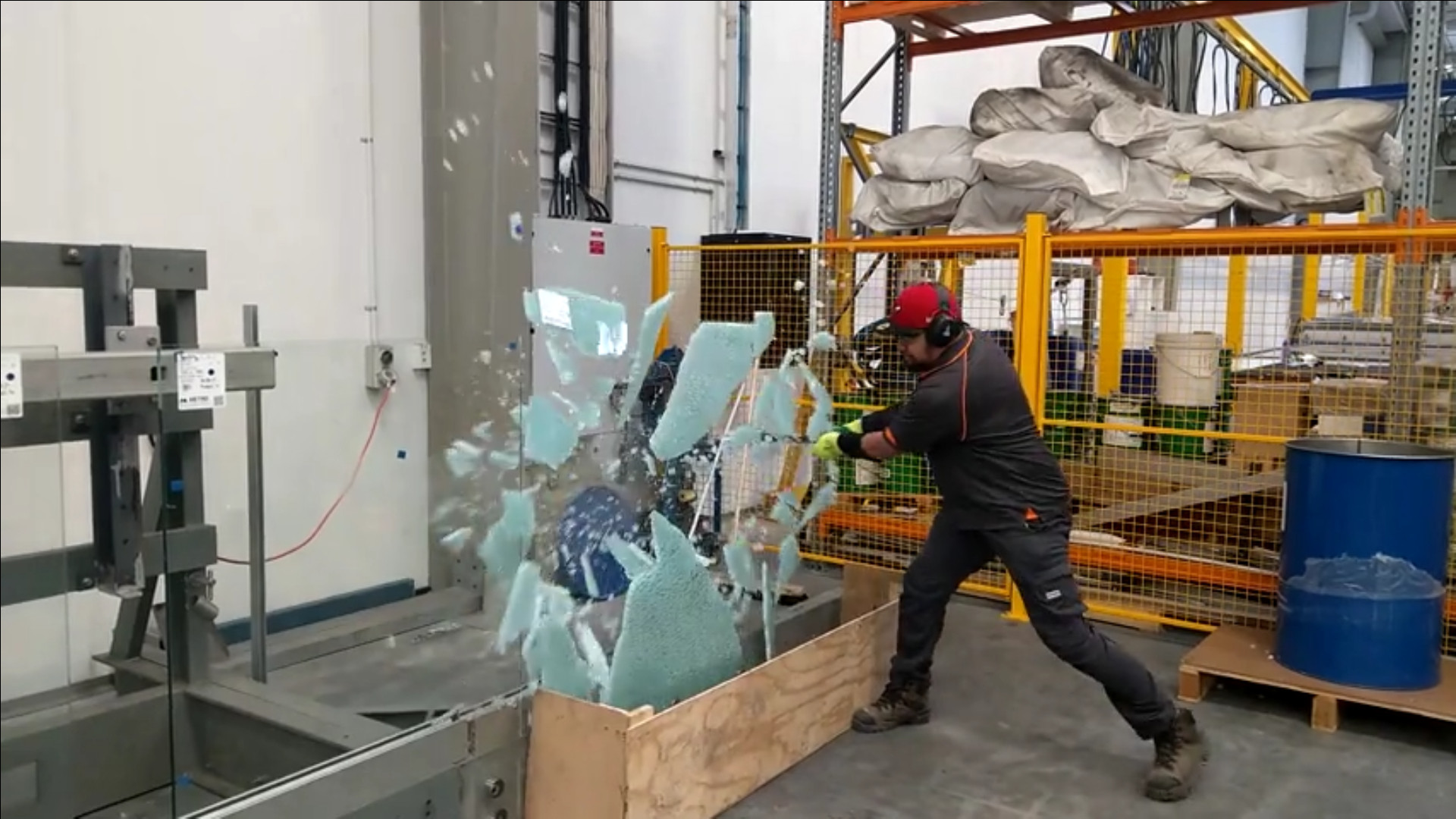
Laminated Safety Glass
When laminated safety glass breaks, it is held together by the interlayer. Metro Glass carries out in-house testing to ensure the specific glass make up in the PS1 document complies with required post-failure loads to match the hardware.
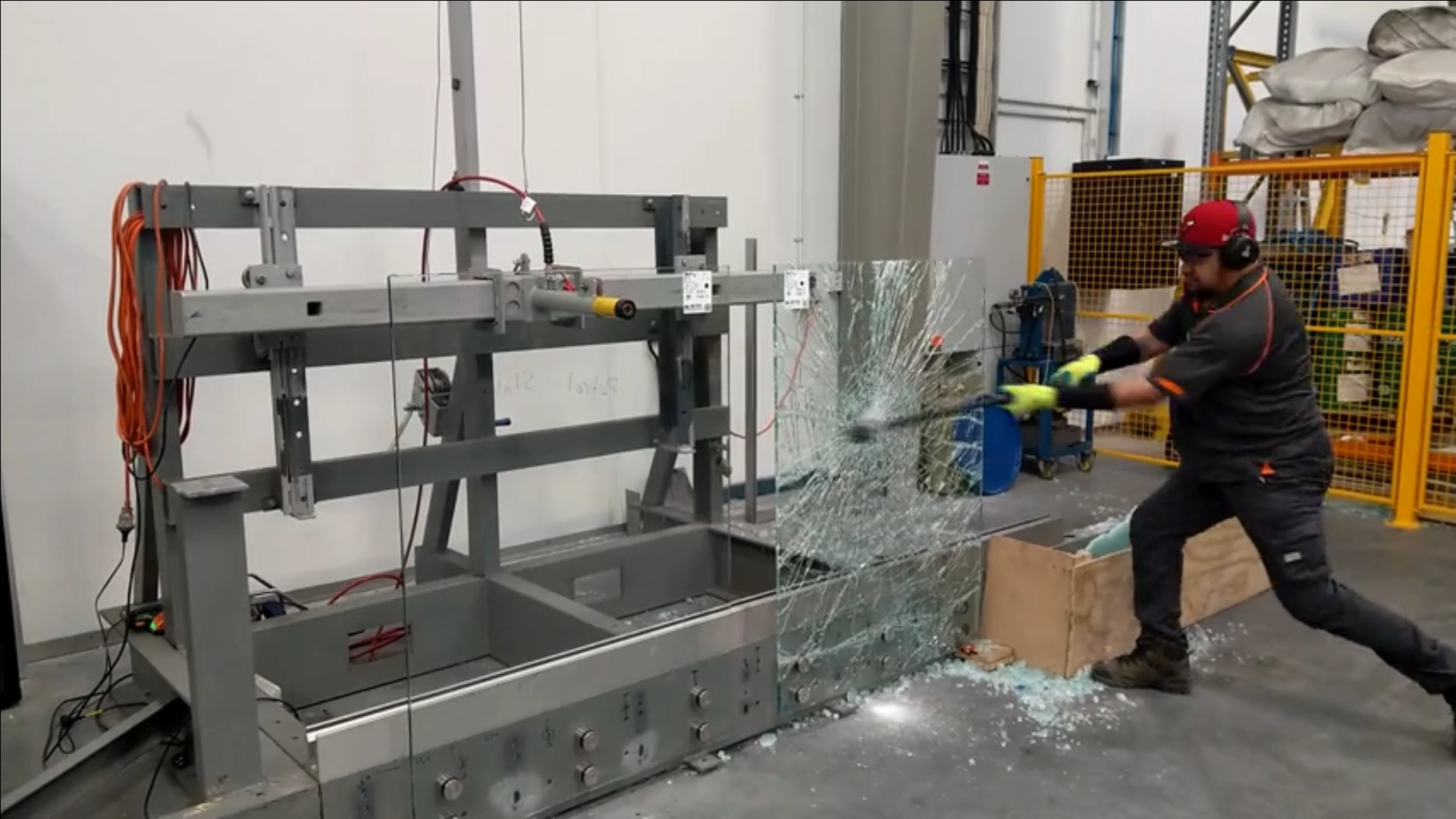
Toughened laminated safety glass (LSG)
Toughened laminated safety glass (LSG) with a stiff interlayer is designed to remain upright even when it has broken. The stiffened interlayer ensures that it can hold post-failure loads and this type of glass can be used with no interlinking rail for clearest views.
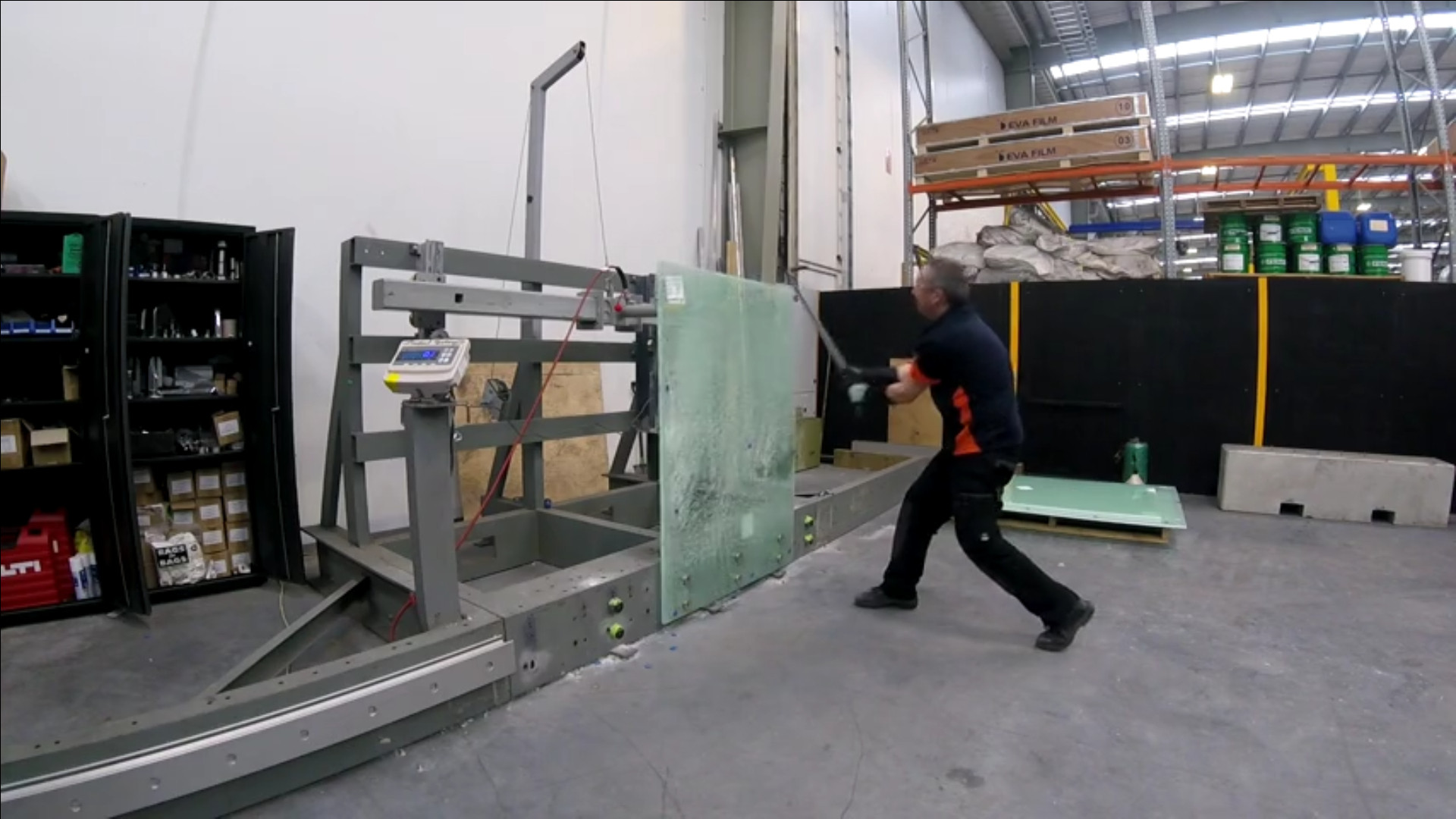
To guarantee a smooth-running project, always ensure your builder or customer has viewed the PS1 before starting if a glass balustrade is being installed on-site. If you have any questions about a PS1 issued by Metro Glass, contact us at technical@metroglass.co.nz, or if you need a quote on a glass balustrade contact glass@metroglass.co.nz
Enhance your building projects with the elegance and functionality of glass balustrades, ensuring compliance and safety with Metro's expert support.
Summer Holiday Closure: 19 December 2025 – 12 January 2026
Metro Performance Glass will be closed for the summer break from midday Friday 19 December 2025 and will reopen Monday 12 January 2026.
Wishing you a safe, relaxing and enjoyable holiday season!